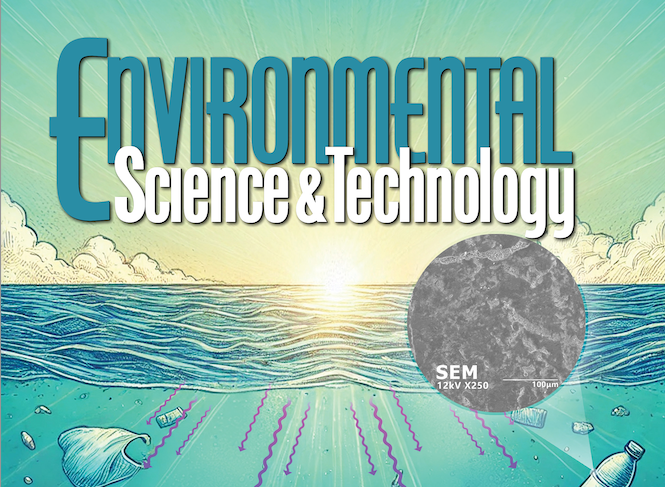Weathering Scratches the Surface of Plastic
Plastics can endure decades in the ocean, with minimal degradation, posing long-term risks to marine ecosystems, as shown by recent research.

Plastics might be more resilient than you think—new research shows they can survive in the ocean for decades. A study released in Environmental Science & Technology documents how commercially available macroplastics (>5mm) can withstand decades of exposure in marine environments with minimal degradation. With the influx of plastic waste into the world’s oceans, it is imperative to understand the environmental degradation of plastics and their potential impacts on marine ecosystems.
When plastics are exposed to environmental stressors and mechanical forces, they undergo a process called weathering. This process typically involves the gradual degradation of plastic debris at the surface, leading to increasingly smaller particles until they become virtually indistinguishable. The breakdown of these plastics is known to wreak havoc on marine ecosystems and may also pose risks to human health.
To determine how plastics degrade, researchers at The University of Texas Marine Science Institute along with their colleagues at Ocean Coastal Vision and Marine Biological Laboratory in Woods Hole simulated natural weathering conditions by exposing various types of commercially available macroplastics in seawater to UVA radiation equivalent to 25-75 years of sunlight. Plastics are composed of synthetic polymers, long chains of carbon atoms intertwined with other elements, forming a complex structure. When plastic is exposed to UVA radiation, photodegradation takes place by breaking down the chemical bonds in the polymer. Altering the molecular structure of the polymers can cause cracking, color changes, and loss of physical properties. However, not all plastics respond the same under environmental conditions due to differences in composition.
Various analytical tools were used to characterize the surface chemistry, morphology, thermal stability, and additive composition of plastics. The researchers found that the surface layer of the plastic was highly oxidized and eroded after 9 months of accelerated weathering. Despite this prolonged exposure and surface layer degradation, the plastics showed little change, retaining both their composition and thermal stability.
Researchers discovered that when the plastics are in the ocean, oxygen-containing compounds will start to form on the surface of plastics. These compounds initiate the degradation process, leading to their breakdown over time. The compounds are formed through reactions with environmental factors like sunlight and oxygen, compromising the structural integrity of the plastics by starting the initial breaking of polymer bonds. However, in some plastics, the presence of antioxidant additives, which are designed to enhance the material’s durability, can inhibit this breakdown. These additives effectively slow down the oxidative degradation process, allowing the plastics to retain their structural integrity for longer periods, even in harsh environmental conditions.
The findings of this study underscore the resilience of macroplastics in marine environments, potentially persisting far longer than previously estimated. This is largely due to the chemical composition of the plastic, the high specific surface area of macroplastics, and the additives the plastic undergoes when created. These factors contribute to the complex interplay between environmental stressors and plastic compositions, influencing the degradation processes. The implications of these findings are significant, suggesting that the long-term impact of plastics on marine ecosystems could be more profound than we currently understand. This research highlights the need for further studies to better understand the fate of plastics in marine ecosystems.
The research was supported by the National Science Foundation and the Simons Foundation. Researchers that conducted the study include Xiangtao Jiang from The University of Texas Marine Science Institute (UTMSI), Scott Gallager from Coastal Ocean Vision, Rut Pedrosa Pàmies from Marine Biological Laboratory (MBL), Emil Ruff from MBL and Zhanfei Liu from UTMSI.



